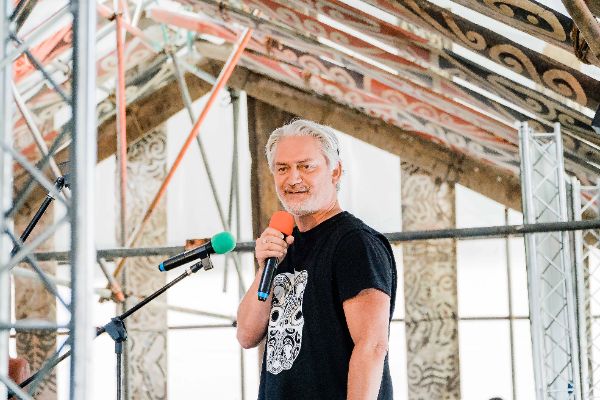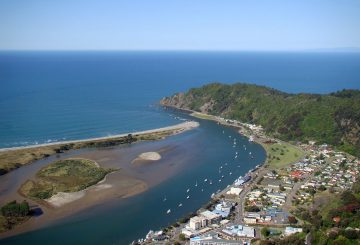Internationally acclaimed New Zealand architect and researcher Professor Anthony Hoete has returned from the United Kingdom to help revive ancient Māori construction techniques.
He will lead a team from the University of Auckland that aims to rebuild a historic Bay of Plenty wharenui (meeting house) that was destroyed in the 1931 Napier earthquake.
The reconstruction, which aims to improve the seismic resilience of the structure, will incorporate traditional Māori building methods called mīmiro.
“The origins of mīmiro can be traced back to the ships and strong sail lashing our ancestors used to travel across the Pacific. They had a deep knowledge of building and creating strength and tension in structures, so we want to recreate those techniques that have been lost and use them to give our wharenui greater seismic resilience,” said Hoete.
There is only one remaining building in New Zealand that incorporates mīmiro techniques, and the methods are now endangered knowledge.
Hoete’s team will work closely with the Ngāti lra o Waioweka iwi (people), who built the original wharenui in 1860. Important wooden carvings, representing the iwi’s ancestors, were saved from the earthquake wreckage and stored in a shed at the marae for nine decades. They will be incorporated into the new building.
Hoete is passionate about getting the local community involved in the project.
“We do a lot of outreach work with the local community and schools, and some of the local youngsters have already shown an interest in a career in architecture, which is pretty amazing,” he said.
The project has been awarded funding from Toka Tū Ake EQC (Earthquake Commission) and the Endangered Wooden Architecture Programme at Oxford Brookes University in the United Kingdom.
Image credit: Toka Tū Ake EQC






























































